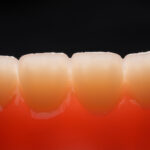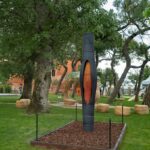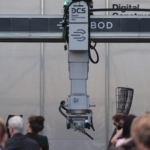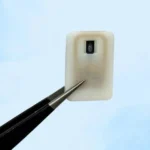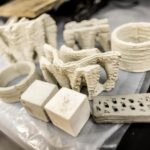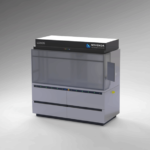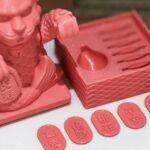Lawrence Livermore National Laboratory has made some great breakthroughs in metal AM. Now, they’re looking into how complex mechanisms drive defects and limit part quality. Using X-rays, the teams are looking into how metal prints form during laser powder bed fusion processes.
The project is in collaboration with SLAC National Accelerator Laboratory and Ames Laboratory. To do this Nick Calta and his team designed and built a portable diagnostic machine that probes melt pools. This machine is crucial in alayzing the inner structures of the metal prints that come out. The researchers analysed how the metals solidified with imaging and X-ray diffraction.
Portable Diagnostics Devices
“We’re getting information about the melt pool structure and what can go wrong during a build,” notes LLNL physicist and Laser Materials Science group leader Ibo Matthews. “For example, the vapor plume created by the laser heating the melt pool can create pockets and pores in parts. These pore defects can serve as stress concentrators and compromise the mechanical properties of the part.”
The researchers can thus measure how the laser’s path, heat buildup, and gas plume create defects. Such research could allow for research into new improvements and generate confidence in maunfaturing parts. The collaboration between these teams is an offshoot of the Energy Department’s National Laboratories Big Ideas Summit. This project is based around mapping out pore formation and extracting information on cooling rates. While these processes are useful, they are not at their peak yet. Eventually, the researchers want to implement them into optical diagnostics typically used on commercial machines to correlate with the X-ray imaging.
“You can’t tell what’s inside the box by looking outside the box,” said LLNL Chair Anthony Van Buuren. “The purpose of this project is to accelerate the adoption of additive manufacturing (AM) for metallic components across the manufacturing sector by developing sophisticated in-situ tools to enable rapid process development of the AM components.”
“With new materials, we don’t yet understand the properties and we need to be able to look at the process in real-time,” Van Buuren added. “It’s a bit different focus than what we usually do at the Lab. We want to build up a capacity that industry would come in and use.”




